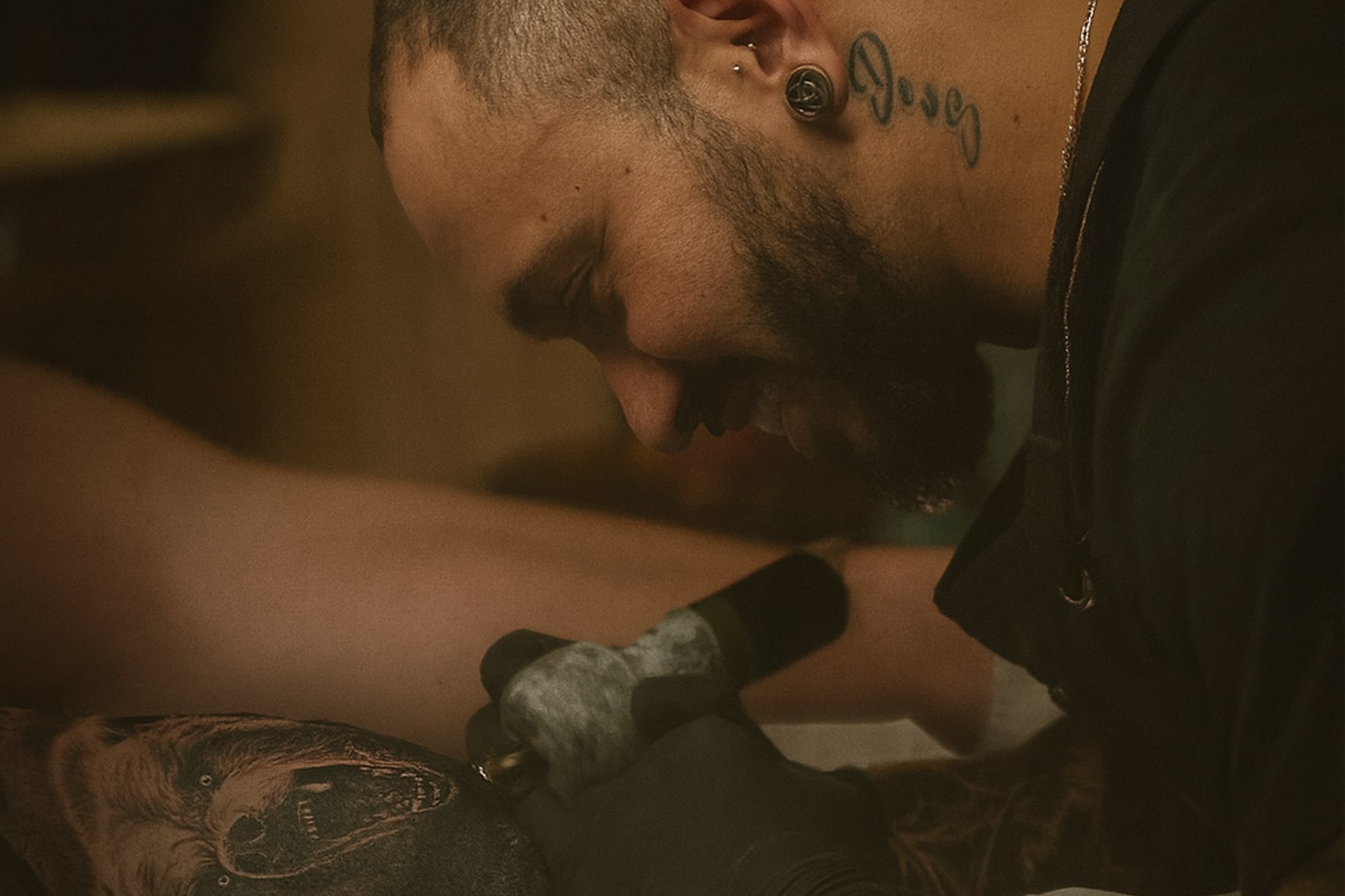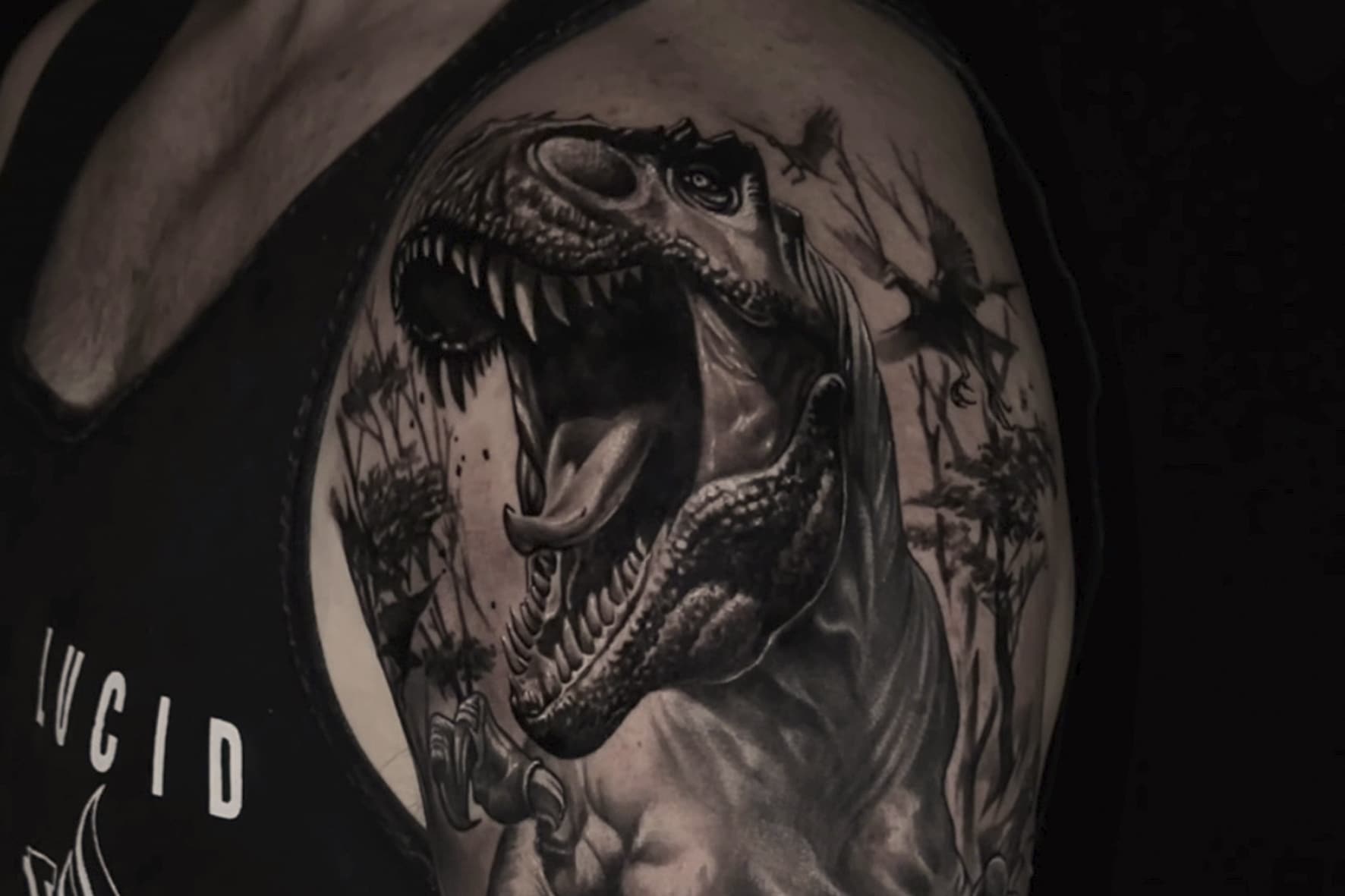When the Skin Speaks Louder Than the Ink: What I Learned From an Unexpected Fading
I remember it clearly. A client came back to the studio a few weeks after a solid black and grey realism session. I had used the exact same technique, the same ink, the same needle depth – everything I always do. But there it was, visibly lighter than usual.
My first thought was: Where did I go wrong?
But after so many years of experience, I’ve learned something important: the final result doesn’t always depend solely on the artist’s technique.
In tattooing, the skin has a voice of its own. And when it speaks, we need to listen carefully.
Every Skin Is a Unique Universe
Even when applying the same technique and shading style, each body reacts differently. Here are some factors that influence ink retention:
- Skin type – Very oily or very dry skin can make it harder to hold softer shades of grey.
- Skin tone – Darker skin tones absorb and reflect light differently, which may make contrast appear lower.
- The body’s natural healing process – Some immune systems push out more pigment than others. This has nothing to do with the artist’s skill and everything to do with the client’s biology.
- Tattoo placement – Areas like hands, fingers, feet, and knees tend to fade more quickly due to movement, friction, and skin thickness.
Aftercare Is Half of the Tattoo Process
Clients often think the job is done once they leave the studio. But the real tattoo develops during the healing phase. And that’s where small missteps can make a big difference:
- Sun exposure too soon after the session;
- Removing Second Skin too early or not applying it correctly;
- Overusing creams or ointments;
- Excessive heat, sweating, or pool water during healing.
Often, clients believe they followed aftercare perfectly – but minor details matter more than they think.
The Commitment of a Professional Tattoo Artist
Coming in for a touch-up doesn’t mean anything went wrong. It’s not a failure for the artist or the client. On the contrary – it shows maturity and a shared commitment to the final result.
At Washington Tattoo, we’re all about excellence. That includes following up after your tattoo and making sure you’re 100% happy with the outcome.
Final Thoughts: Your Skin Is Unique – So Is Your Tattoo
Tattooing isn’t just about needles and ink. It’s a dance between technique, skin, time, and care. If you notice your tattoo has healed lighter than expected, don’t panic – and don’t hesitate to reach out. Sometimes a simple touch-up is all it takes.
And if you’ve experienced this before or have questions about your tattoo healing process, drop a comment below. Your story might help someone else going through the same.





